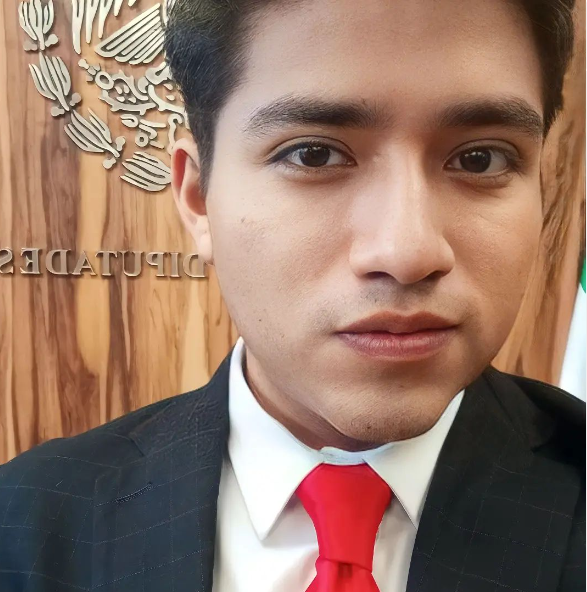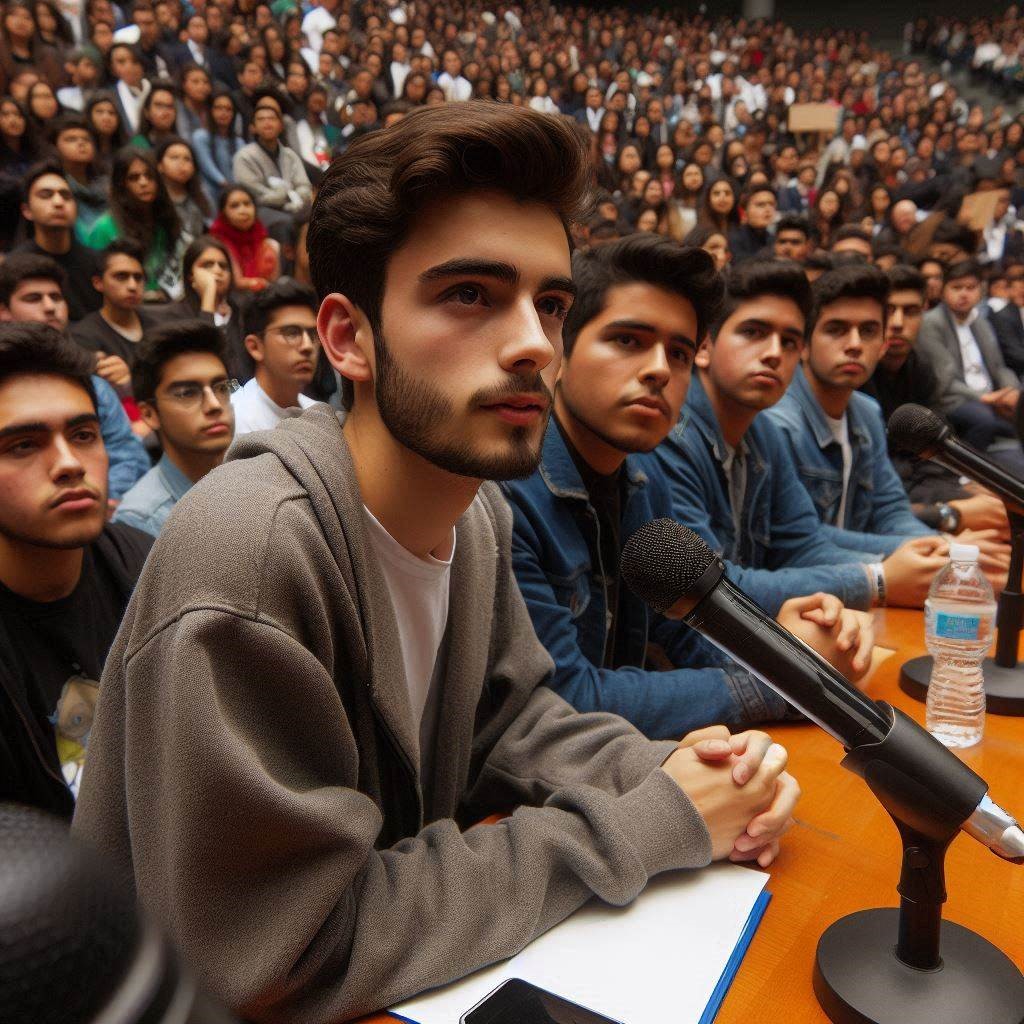By Alexis Javier Esparza Reyes
Legislative Advisor to the Diversity Commission
Chamber of Deputies
Less than a decade ago, the reality experienced by young people in public spaces was very different. With the modernization of institutions, the Congress of the Union was partially transformed into a field open to associations, future political promises and young people.
When we talk about “Open Parliament”, society often misjudges this figure, which deputies and senators resort to in order to justify some important reform initiative, alluding to the fact that a couple of working tables were held where several experts on issues related to the modification they are trying to promote participated with 10 or 15 minutes of presentation. An example of this is the tables on the Reform of the Judicial Branch.
However, the open parliament model is not a simple concession by parliamentarians to occasionally open the doors of congresses to take photos with some people with distinguished careers and then ignore their considerations in the final decisions.
The open parliament is a whole construct that brings citizens closer to their representatives, by literally opening the doors of the chambers to citizens who want to go to: get to know their public service palaces, talk with their representatives, present problems with ideas for initiatives that could help solve said conflicts, lobby for the budget, denounce public officials to initiate political trials, etc.
This idea of proximity has many examples around the world, from the ease provided by technological tools, as in the case of the Brazilian Parliament or the British Parliament, which allow representatives to know the positions of citizens regarding their legislative initiatives, or the fact of having a public mailbox through which problems of daily life can be expressed that, with a few interactions such as likes or reactions, can attract the attention of representatives to translate them into direct support, meetings or initiatives.
For our part, the Congress of the Union is still wary of its privacy and is distant from the citizens, but we would be foolish to deny the small advances that have been achieved. Considering that since the 21st century, consulting the Legislative Library does not cost more trouble than showing up at the doors of San Lázaro and requesting access to review the archive; to the fact that several of the deputies and senators hold events open to the public in which, in addition to getting to know the facilities, one has the opportunity to exchange impressions with our representatives.
Notably, youth has been by far one of the groups that has taken the most advantage of organizing events together with legislators. It is as easy as having a first approach with a representative or someone from their team, either in person, taking advantage of a common event or through the office numbers that are public through the respective directory of the chamber in question; to then introduce themselves and request support to arrange a place and the appropriate services for a certain event around a certain cause due to the relevance of a commemorative day or the information that will be announced at that time.
These events, beyond the criticism of their public utility, because there will be those who tell us that facilitating spaces, access and services for a forum of far-right organizations, contrary to reproductive rights or the free development of personality, are nothing but a slap in the face to the public budget; they have as a fertilizer for society the fact of promoting practices of closeness between representatives and represented. And as Plato teaches us, practices and customs forge the character of peoples, therefore, it is better that the character (the ethics) of our parliament is forged as one of open doors and true popular representation.
On the other hand, the youth should be highlighted for their innovation and determination to establish themselves as part of the labor force within the Congress of the Union. Beginning a kind of informal professional career service, the youth enter the Chamber of Deputies or the Senate through limited opportunities: explicit calls, networking events, such as those given here or as Macchiavello said, a mix of luck and intelligence; to then begin to integrate into activities through Social Service or Professional Practices required by their university careers.
While they are released from their service or internships in six or three months, respectively, they struggle to demonstrate their capabilities, to propose ideas and to convince their legislators so that in the immediate future they will be given more than the three thousand pesos that the House or the Senate pay them for their 240 or 480 hours of work, to be formally or informally hired.
It is because of this practice that we see the chambers filled with young workers, who try to rise in hierarchy and responsibilities. But, this phenomenon is neither current nor is it exclusive to parliamentary advisory work. For fifty years, the security, warehouse, archive, parliamentary services and other areas of the Congress of the Union staff have been filled with young people of 17 years on average, who came to work and have forged a career after decades of comings and goings from parties in the administrations, and who today represent the most important labor force within the Federal Legislature.
The importance of youth lies in their resilience, adaptability and resistance to working conditions that exceed, so to speak, the constitutional guarantees required, such as a maximum workday, days off, vacations, overtime pay, and equal pay for equal work. I would never dare to belittle people who work below the principle of decent and well-paid work. On the contrary, the visibility of the extra effort in public service that youth give to our country should put on the radar the need for their revaluation and reward.
What can be said now is that youth is linking a mechanism that, due to its convenience, increasingly opens up public spaces. Because of the opportunity of closeness to representatives, young people can reach and join the legislature, and because of the benefit of organizing events that give visibility and strengthen the agendas of representatives, these young people are increasingly promoting opportunities for society to learn about their legislative spaces and participate in occasional dialogue. What remains to be done is to regulate these practices properly, support the implementation of tools that bring citizens closer to legislative work, use social networks and other international examples so that anyone can express their voice to deputies and senators, and, without a doubt, recognize the effort of the staff that leads this task with decent labor rights and an efficient professional service.






